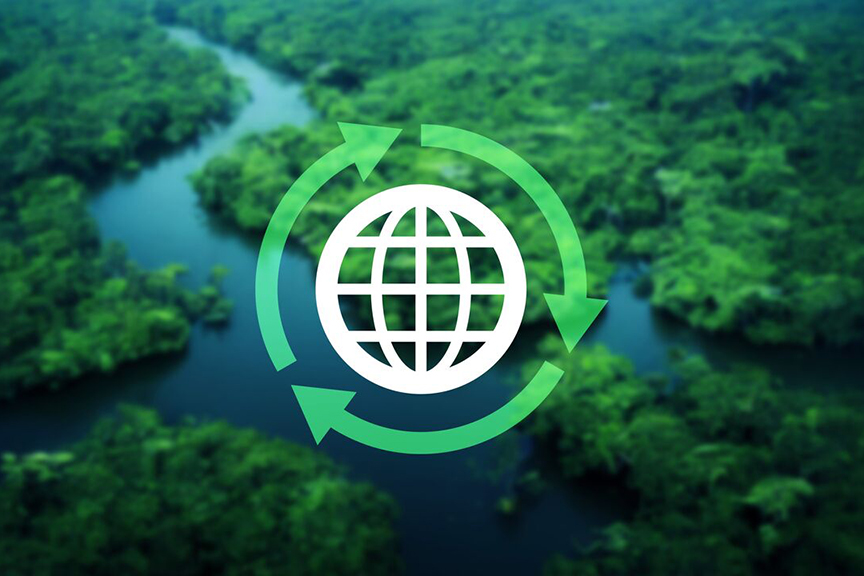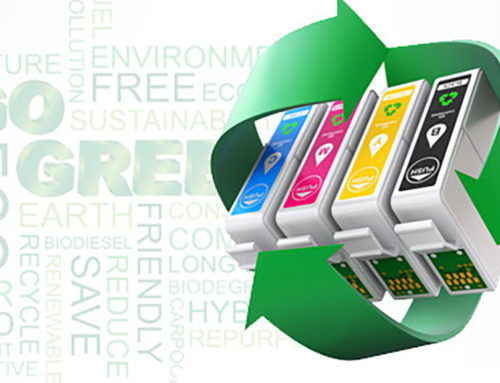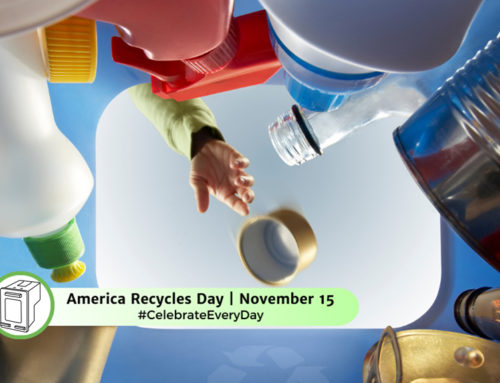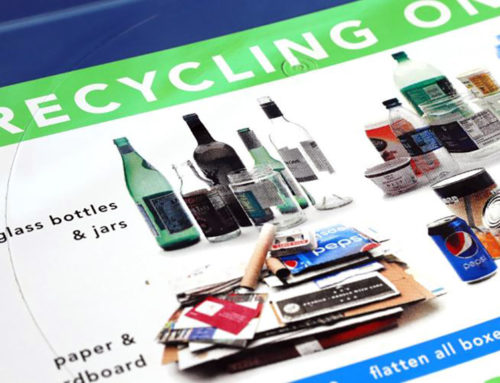Plastic, a word derived from “pliable,” signifies its ability to be easily shaped and molded into various forms, serving a multitude of functions. Plastics, also known as polymers, consist of long chains of monomers, which can be derived from both natural sources, like cellulose found in plant cell walls, and synthetic sources. The advent of synthetic polymers, exemplified by John Wesley Hyatt’s discovery in 1869, revolutionized the production of materials by enabling versatile shaping and replication of natural substances, ultimately leading to the widespread use of plastics and plastic waste in today’s society.
While plastics have brought about tremendous benefits in terms of convenience and functionality, their rapid global production and improper waste management have resulted in significant environmental harm. A mere 9% of plastic waste generated is recycled, with approximately 80% accumulating in landfills or the natural environment. This waste accumulation, compounded by exposure to ultraviolet light, leads to the creation of microplastics, which disrupt ecosystems and pose threats to human and environmental health.
Plastic waste has particularly far-reaching consequences in various aspects of our environment. In this article, we will explore the harmful effects of plastic waste and discuss potential strategies to mitigate this harm, promoting environmental sustainability.
Harmful Effects of Plastic Waste
Plastic waste, if not managed properly, can have detrimental effects on the environment, including human health. Non-biodegradable plastics that persist in the environment can clog drains in urban areas, leading to flooding and posing safety hazards. Their physicochemical properties contribute to their durability but also lead to persistent waste accumulation in various environmental conditions.
- Effects on Land
Plastic waste, when discarded on land, contributes to pollution. These pollutants, both natural and human-made, degrade the natural or artificial landscape. Plastic waste on land can disrupt ecosystems, impair soil quality, and hinder the flow of water in drainage systems.
- Effects on Water and Air Quality
The impact of plastic waste on water quality is of growing concern due to its extensive use in packaging practices. Water pollution occurs when harmful substances, such as chemicals and microorganisms, contaminate water bodies, rendering them toxic to both humans and the environment. Plastics, once they enter water systems, can absorb and transport these pollutants, exacerbating the problem.
- Effects on Animal Life
Poor waste disposal practices can affect wildlife through various pathways, including acting as pathogenic and parasite vectors and through chemical toxicity. Plastics can accumulate a complex mixture of contaminants, including small molecules, residual monomers, and ambient chemicals. These chemicals can enter the human system through inhalation and ingestion, posing health risks. Additionally, plastic waste can act as a medium for the transport of hydrophobic pollutants and pathogens, affecting aquatic and airborne environments.
- Effects on Public Health
Plastics, often used in packaging industries, can have direct and indirect health impacts when waste management is inadequate. They contain toxic components such as phthalates, polyfluorinated chemicals, and bisphenol-A, which can harm both environmental and public health. Proper waste management is crucial to prevent these harmful substances from entering the environment.
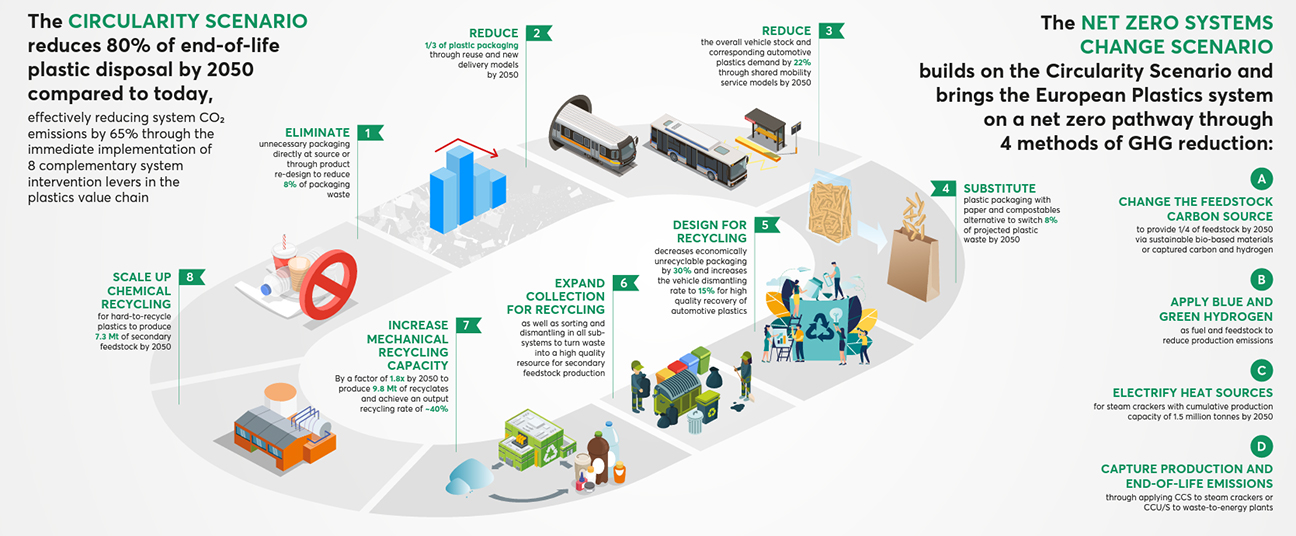
Management Strategies
Given the rapid production of plastic waste and its negative impact on the environment, it is imperative to adopt effective management strategies. Several approaches can mitigate the harm caused by plastic waste:
- Recycling
Recycling involves collecting waste plastics and converting them into raw materials for producing new products. This process reduces carbon emissions, pollution, and the demand for fossil fuels, while also conserving natural resources. Recycling promotes sustainability, conserves energy, and contributes to the national economy.
- Incineration
Waste incineration, when done properly, involves burning waste in oxygen, releasing water molecules and carbon dioxide into the atmosphere. Incineration can minimize waste volume and generate renewable energy from biomass resources. However, it must be carefully managed to prevent environmental pollution and health risks.
- Landfills
Landfills are used for the disposal of plastic waste. Proper landfill management is essential to prevent groundwater contamination and soil degradation. While plastics can take a long time to degrade in landfills, it remains an option for waste disposal, with proper precautions.
- Pyrolysis
Pyrolysis is a process that converts gases and fatty oils into crude petrochemicals and hydrocarbons, offering a means to recover energy from plastic waste. It can be an effective method for waste management but must be carefully executed to prevent environmental harm.
- Bioremediation
Bioremediation involves the use of microorganisms to decompose waste, making it a potential solution for plastic waste degradation. Microorganisms can break down natural compounds in plastics, aiding in their decomposition.
Outlook and Professional Recommendations
The increasing global utilization of plastics, driven by factors such as population growth and e-commerce trends, necessitates a concerted effort to address plastic waste management. To safeguard the environment, we must prioritize recycling, incineration, pyrolysis, bioremediation, and education on the harmful consequences of poor plastic waste management. These strategies will not only help mitigate the harmful effects of plastic waste but also contribute to a sustainable and healthier planet for future generations. As responsible stewards of our environment, it is our duty to take action and embrace these solutions to ensure a cleaner, greener future.

